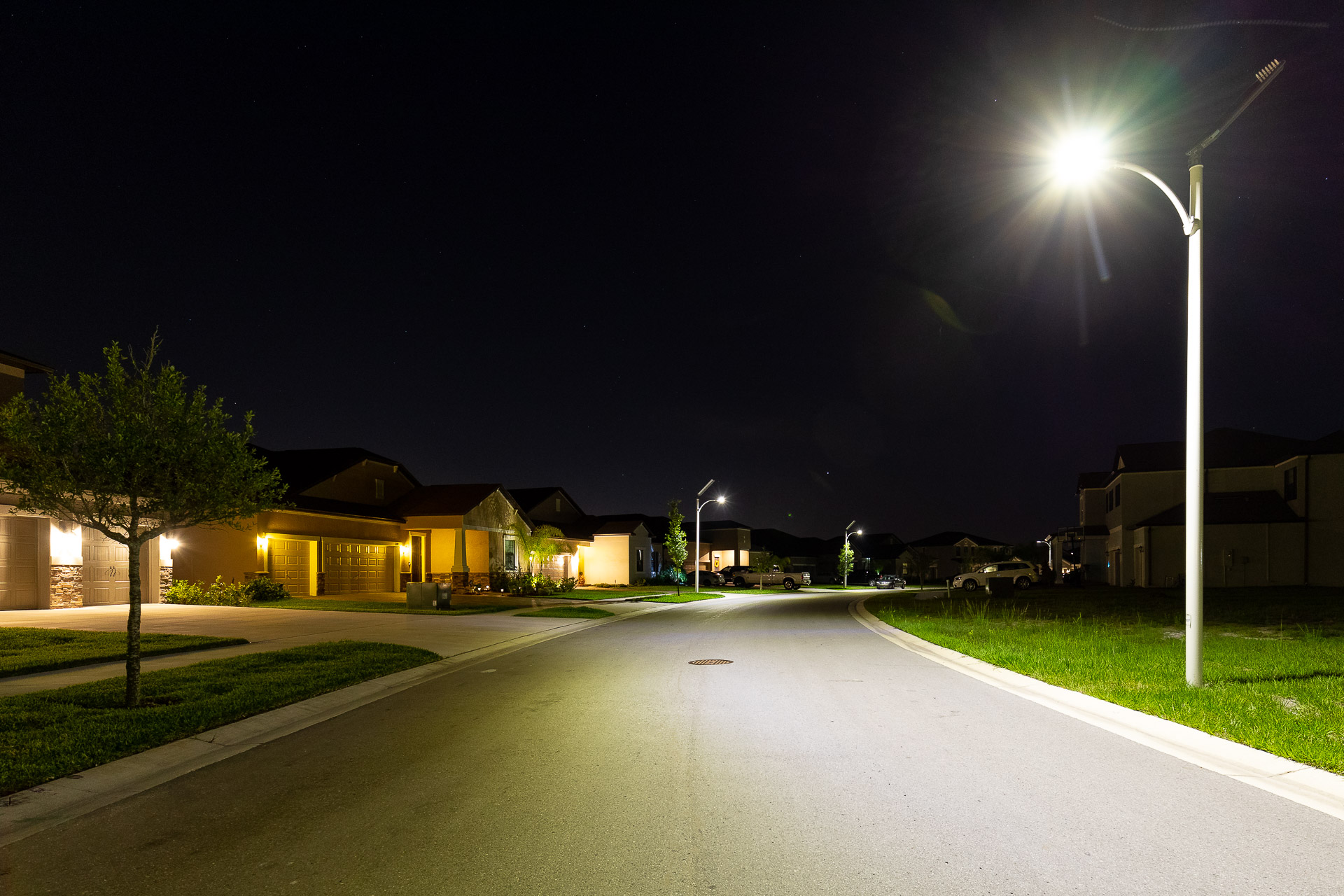Illuminating Urban Futures: The Importance of Solar Street Lights in Urban Lighting Upgrade
As cities continue to evolve and expand, the need for efficient, sustainable, and cost-effective urban lighting solutions becomes increasingly critical. In this pursuit, the integration of solar street lights emerges as a pivotal element in the upgrade and transformation of urban lighting infrastructure. The importance of solar street lights in urban lighting upgrade cannot be overstated, as they offer a multitude of benefits that address the challenges faced by modern urban environments.

First and foremost, the deployment of solar street lights represents a significant stride towards sustainability and environmental consciousness. By harnessing the power of the sun, these lights provide a renewable and clean energy source, reducing reliance on traditional grid-connected electricity and minimizing the carbon footprint of urban areas. This transition to renewable energy not only contributes to mitigating climate change but also aligns with the global commitment to sustainable development and environmental stewardship.
Moreover, the installation of solar street lights facilitates enhanced energy efficiency and cost savings for urban municipalities. With advancements in solar technology, these lights are equipped with efficient photovoltaic panels and energy storage systems, allowing them to operate autonomously and independently from the grid. This not only reduces operational expenses associated with traditional lighting but also ensures reliable illumination, particularly in areas prone to power outages or lacking access to electricity infrastructure.

In addition to their environmental and economic advantages, solar street lights play a pivotal role in enhancing public safety and security within urban landscapes. Well-lit streets, pathways, and public spaces contribute to a heightened sense of safety for residents, commuters, and pedestrians, thereby fostering vibrant and livable urban environments. Furthermore, the implementation of solar lighting solutions can extend the reach of illumination to previously underserved areas, promoting inclusivity and accessibility within cities.
The integration of solar street lights also aligns with the broader trend of smart city development, where interconnected, sustainable technologies are leveraged to optimize urban operations. By incorporating features such as motion sensors, dimming capabilities, and remote monitoring, solar street lights contribute to the creation of intelligent and adaptive urban lighting systems, enhancing energy efficiency and reducing light pollution.

Solar street lights in urban lighting upgrade is paramount, offering a holistic approach to addressing the evolving needs of modern cities. From sustainability and cost-effectiveness to safety and technological innovation, solar street lights stand as a beacon of progress in the quest for smarter, greener, and more resilient urban environments. As cities embrace the transformative potential of solar lighting, they illuminate a path towards a brighter, more sustainable urban future.
